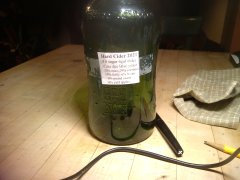Hey you all, I have a large cluster of oaks in my back yard and as you can see by the picture they are crowding this one and all the weight is on the same side as my home. Here in Louisiana I am constantly afraid that a storm will cause it to fall on the house. I've had some people tell me that because the roots are intertwined it will probably never fall and others have told me I should be worried.
I'd love your thoughts on that, but my main question is would it be OK for me to remove this large branch that is contributing the most to the weight on that side? When should I do it and should I coat the cut with anything to protect it?
I'd love your thoughts on that, but my main question is would it be OK for me to remove this large branch that is contributing the most to the weight on that side? When should I do it and should I coat the cut with anything to protect it?






